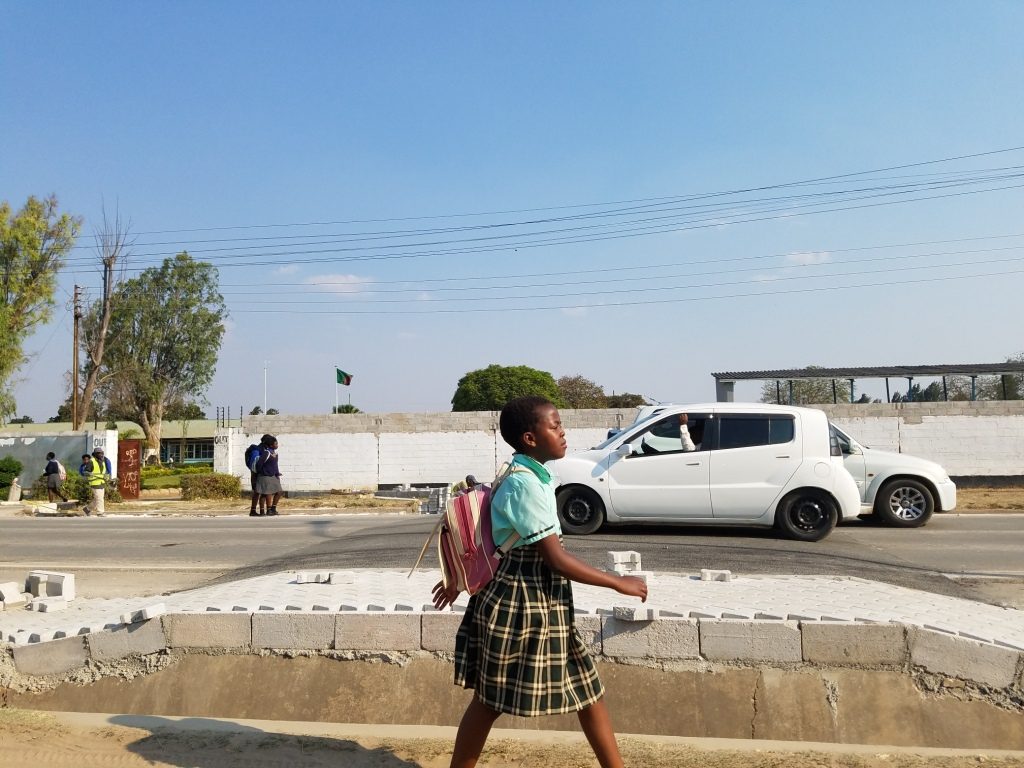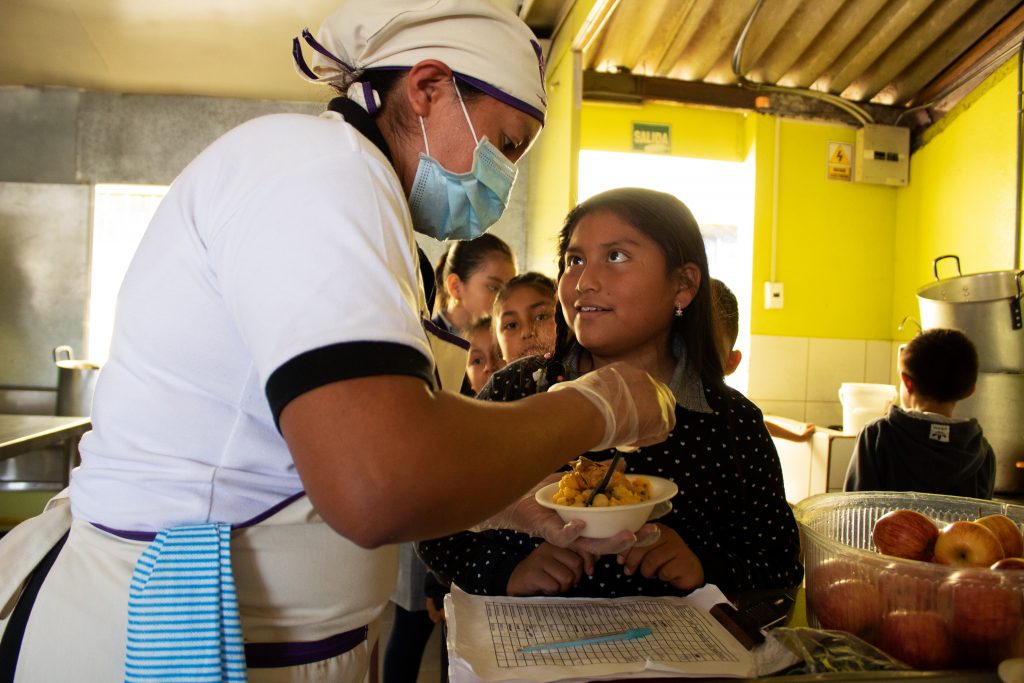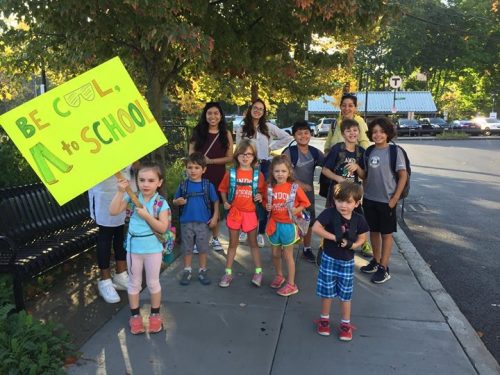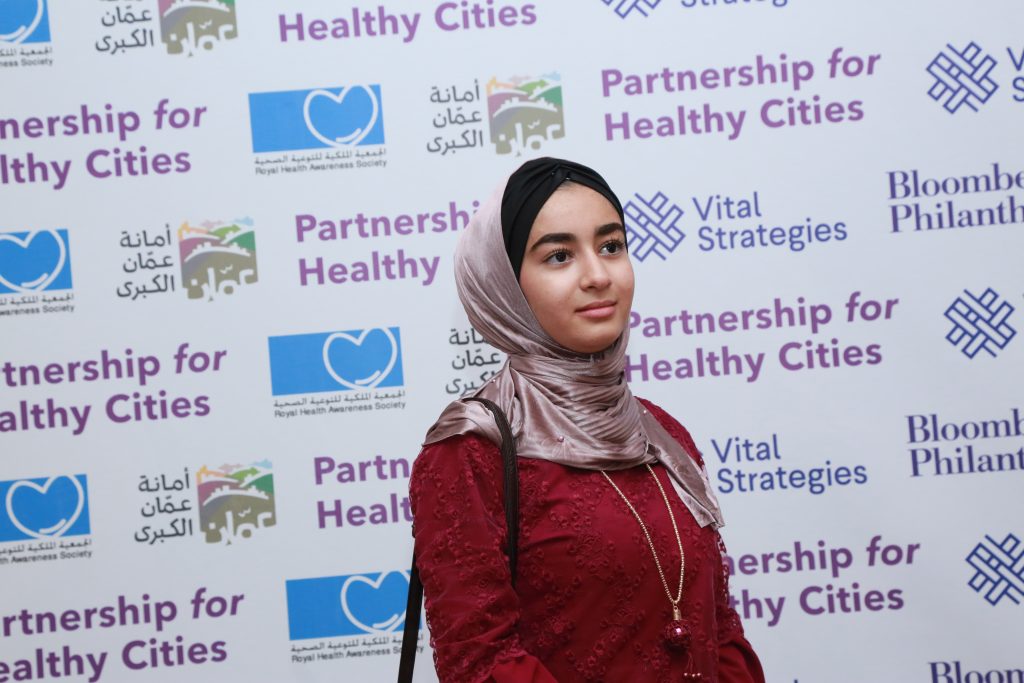When governments invest in creating healthy and safe environments for children, they benefit doubly—by improving their society’s present and securing its future.
This is why so many of the 54 cities that work with the Partnership for Healthy Cities on public health initiatives to prevent noncommunicable diseases (NCDs) and injuries chose interventions in 2018 that directly affect the lives of children.
The following five cities took steps this year that went a long way toward protecting some of their most vulnerable residents.
1. LUSAKA: Preventing Traffic Deaths on the Way to School

Walking to and from school each day in Lusaka can be deadly for children of any age, with cars speeding by and little protection in the way of crosswalks or barriers. At just one pair of schools—Northmead Primary and Secondary—one child died and 11 were injured over the past two years in car crashes that took place during their daily commute between classes and home.
Tragedies like these all across the Zambian capital have propelled the city to take a special interest in improving road safety for its youngest pedestrians.
In November, Northmead completed a Partnership-supported project featuring raised zebra crossings, textured rumble strips, footpaths, bollards and new signage near the schools. These simple measures are life-saving in cities because they physically separate children from traffic and keep road speeds down where children and cars interact.
2. QUITO: Reimagining School Lunch

Quito joined the Partnership for Healthy Cities because of its high rates of childhood obesity, which can lead to noncommunicable diseases (NCDs) such as cancer and diabetes later in life. By the end of 2018, Quito had replaced the hamburgers, pizza and factory-made snacks being served at six city schools with fresh fruit and nutritional dishes featuring quinoa and other traditional, local fare.
The result has been one of the region’s leading examples of a completely transformed school food “environment,” with junk food completely gone—along with schoolyard marketing—in a project that reaches 13,000 students.
The city’s first steps were to set up a system for tracking the initiative’s short- and long-term effects on students, followed by extensive teacher trainings and outreach to parents about the importance of healthy eating, complete with recipes and shopping tips. Fifteen more schools are on the list to join the program next. Other cities in the region, such as Cali, Colombia, are learning from Quito and following a similar strategy.
3. QUEZON CITY: What If Kids Took Over the Grocery Shopping?

The classic grocery story conversation between children and their parents can involve pleading to parents for sugary drinks and junk food. But what if it were the adult asking for something sugary and the kid who said “no”?
That’s the premise of a Partnership-supported television PSA now airing in Quezon City, Philippines that tackles a widespread lack of public awareness of the links between sugary drinks and junk food and noncommunicable diseases such as diabetes, heart disease and cancer.
Quezon City passed an ordinance in 2017 prohibiting sales and promotion of sugary drinks and junk food in and near schools, but enforcement has been difficult. City inspectors recently found that 70% of elementary schools and 90% of high schools are still selling and promoting them. The PSA aims to bring information about the dangers of these products directly into children’s homes.
4. BOSTON: Walk-to-School Maps for Parents
Boston’s strategy for fighting the city’s high rate of pedestrian deaths is to invite every single relevant agency to join forces to stress the importance of student pedestrian safety. This broad commitment came into public view in October, when 3,500 children poured out onto city sidewalks for a bigger-than-ever Walk to School Day.
The core of the Partnership-supported campaign is an expansion of Boston’s existing Safe Routes to School (SRTS) Program that stresses parental involvement and engages kids by teaching pedestrian safety as a standard module in K-8 physical education classes.
This has included the development of a new mapping system to direct students and their families to preferred safe routes that invite more walking and biking (or skateboarding).
At the same time, Boston Public Schools is working with the Police Department to improve training and placement of traffic supervisors, and with the Transportation and Public Works Departments to prioritize street improvement projects around schools.
5. AMMAN: A New Generation of Anti-Tobacco Ambassadors
Amman’s non-smoking teenagers are just as tired as anyone else of all the cigarettes and water pipes in Jordan’s capital. In 2018, public school students participated in a city-sponsored competition called “Generations Breathing” to think up new ways to convince their peers of the dangers of both using tobacco and being exposed to second-hand smoke.
Smoking rates among men in Jordan are the highest in the Middle East, and women are catching up fast. But it is the growth of tobacco use among young people that is most alarming, with almost 27% of Jordanians age 13-15 puffing on water pipes, or “argileh.”
Ten years after the passage of a national law restricting where people can smoke, compliance is so low that even some of the legislators who passed the bill in the first place can be seen smoking in Parliament. But in 2018, the Greater Amman Municipality and local health groups began working with the Partnership on strengthening enforcement and awareness that includes greatly increased fines and a mass media campaign, respectively.
Meanwhile, Generations Breathing has appointed school competition winners as “anti-tobacco ambassadors” to go ahead and implement their ideas—which range from a proposal to put special “piggybanks” in teens’ homes for them to deposit the price of cigarettes instead of buying them, to a proposal to illustrate the harms of secondhand smoke through theater.
About the Partnership for Healthy Cities:
The Partnership for Healthy Cities is a prestigious global network of cities committed to saving lives by preventing noncommunicable diseases (NCDs) and injuries. Supported by Bloomberg Philanthropies in partnership with WHO, as well as Vital Strategies, this initiative enables cities around the world to deliver a high-impact policy or programmatic intervention to reduce NCD risk factors in their communities. For more information, visit: https://partnershipforhealthycities.bloomberg.org/